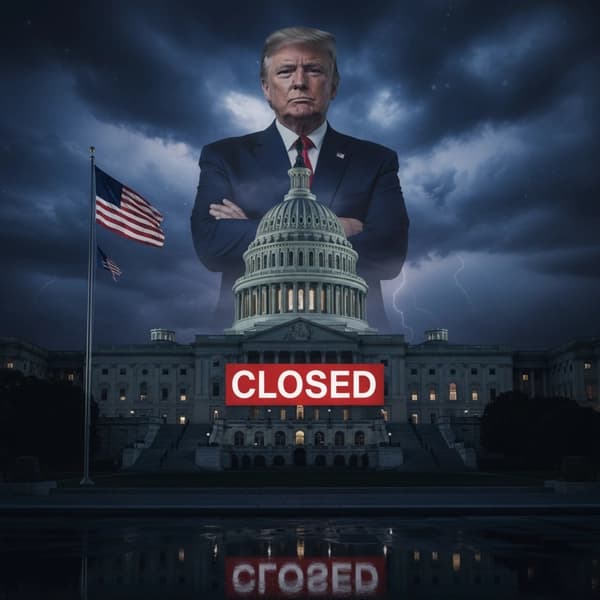US Government Shutdown: Why Trump Administration’s Last - Ditch Effort Failed
The United States has officially entered a government shutdown after lawmakers failed to agree on a new funding plan. Despite frantic last-minute attempts by the Trump administration, the Senate vote to keep the government open fell short, plunging federal operations into uncertainty.

The funding bill, led by Republicans, received 55 votes in favor and 45 against-five short of the 60 needed to overcome a Democratic filibuster. The deadlock was fueled by sharp partisan differences, especially over issues like healthcare subsidies and Medicaid support.
What the Shutdown Means
With no deal in place, around 750,000 federal employees are facing furloughs, leaving many departments understaffed or closed. Essential services such as national security, law enforcement, and critical healthcare programs will continue, but a wide range of government activities-ranging from parks to routine administrative functions-will be disrupted.
The Congressional Budget Office estimates the shutdown could cost roughly $400 million per day in lost wages and productivity. This not only hurts government workers but also ripples across the U.S. economy.
Why It Matters
For ordinary Americans, the immediate impact will be delayed services and suspended programs. For the political landscape, the shutdown highlights the growing divide between Democrats and Republicans-an issue that could shape the 2024 elections.
While past shutdowns have eventually ended with bipartisan compromise, this latest deadlock underscores how fragile U.S. governance has become in a polarized political climate.







